- 12 Underrated Forest Trails in the U.S. for a Breath of Fresh Air - April 21, 2025
- How to Choose the Right Insurance for Domestic-Only Travel - April 15, 2025
- 15 National Parks in North America That Rival Yellowstone - April 11, 2025
Oklahoma, the ‘Sooner State‘, is a treasure trove of natural beauty and historical significance. While it may not be the first state that comes to mind when you think of national parks, Oklahoma is home to a surprising number of national park sites that offer a unique blend of natural wonders and historical narratives. This article will guide you through the top national parks in Oklahoma, providing you with all the necessary information for your next adventure.
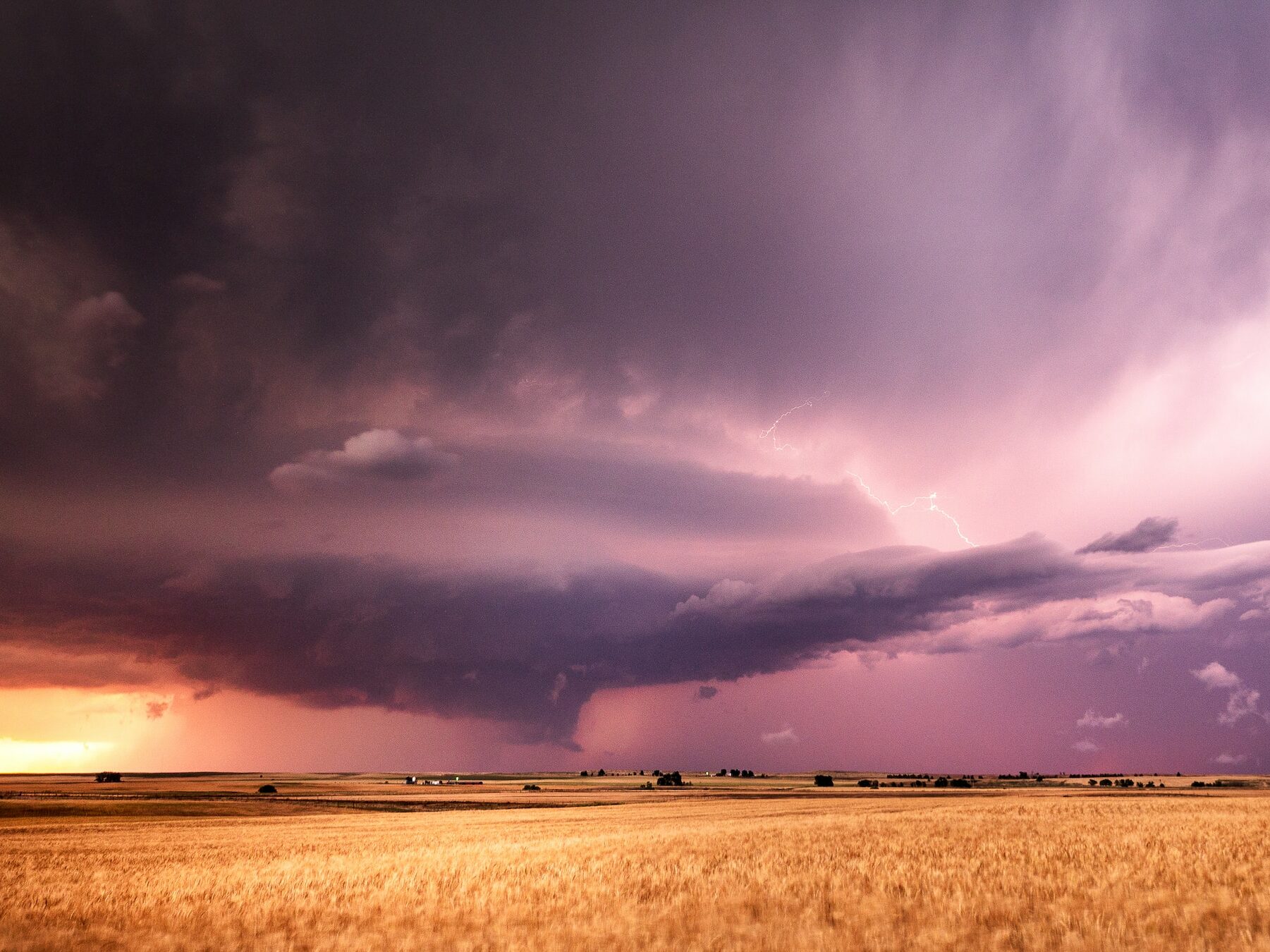
Best National Parks in Oklohoma
Oklahoma hosts seven national park sites, each offering a unique experience for visitors. These sites include historic trails, a recreation area, a national wildlife refuge, and several historic sites and memorials. Each site is managed by the National Park Service, ensuring the preservation of these natural and historical treasures for future generations.
1. John Hope Franklin Reconciliation Park: A Tribute to Civil Rights

Located in the historic Greenwood District of Tulsa, the John Hope Franklin Reconciliation Park is a recent addition to the National Park Service roster. The park honors the survivors of the 1921 Tulsa Race Massacre and Dr. John Hope Franklin, a Presidential Medal of Freedom honoree. It serves as a platform for learning from our past as we work towards healing and justice.
The park is the long-awaited result of the 2001 Oklahoma Commission to Study the Tulsa Race Riot. It continues the American tradition of erecting memorials based on tragic events by giving voice to the untold story of the 1921 Tulsa Race Riot and the important role African Americans played in building Oklahoma.
The John Hope Franklin Reconciliation Park is open for docent-led tours. The duration of the tours is a minimum of 45 minutes. The park is open every day from 8:00 am to 8:00 pm. There is no entrance fee.
2. Chickasaw National Recreation Area: A Natural Oasis

Located in Sulphur, the Chickasaw National Recreation Area is a haven for outdoor enthusiasts. Known for its cool waters, mineral springs and abundant wildlife. This area offers a variety of activities such as boating, fishing, hiking, swimming, birding, horseback riding, camping, hunting and biking. The park’s structures pay homage to the work done by the Civilian Conservation Corps nearly a century ago. The park is open year-round, but it’s advisable to check for any pandemic-related closures.
Chickasaw National Recreation Area is located in the foothills of the Arbuckle Mountains in south-central Oklahoma near Sulphur. It is Oklahoma’s oldest national park area and has been an outdoor destination for over a century. The park has six campgrounds providing over 400 campsites throughout the park. The best time to visit is from October through April when the park is relatively uncrowded and quiet. Visitation is highest from April through September.
3. Fort Smith National Historic Site: A Walk Through History

Straddling the Oklahoma-Arkansas border, the Fort Smith National Historic Site preserves nearly 80 years of history. Visitors can explore the federal courthouse, Officer’s Gardens, and the Commissary Building, the oldest standing structure on the grounds. The trails around the fort offer excellent bird-watching opportunities. The indoor areas may be closed due to COVID-19, but the grounds and surrounding trails remain open.
The park is interwoven with interpretive opportunities through restored and recreated elements of 19th-century history. You can stand on the Trail of Tears National Historic Trail where thousands of Cherokees entered Indian Territory in the 1830s.
The entrance fee for the Fort Smith National Historic Site is $10 p.P. for individual admittance into the exhibits inside the visitor center building. Your receipt will be good for seven days from the time of purchase. There is no fee for viewing the grounds. The park grounds are open from 30 minutes before sunrise and 30 minutes after sunset.
4. Washita Battlefield National Historic Site: A Place of Reflection

The Washita Battlefield National Historic Site commemorates the clash between U.S. Military and Native Americans that occurred on November 27, 1868. The site provides a space for reflection and remembrance of the Cheyenne people who were killed by U.S. troops.
The Fort Washita Battlefield National Historic Site is located near Cheyenne, Oklahoma. It is the site of the Southern Cheyenne village of Chief Black Kettle where the Battle of Washita occurred. The site is about 150 miles west of Oklahoma City and is open for visitation from Monday to Sunday between 08:00 – 16:30 (the park is free of charge).
5. Oklahoma City National Memorial: A Monument to Resilience

The Oklahoma City National Memorial stands as a poignant reminder of the tragic bombing that took place on April 19, 1995. The memorial honors the victims, survivors, and those forever changed by this act of domestic terrorism. The memorial is open year-round, and a small fee is required for entry.
The Oklahoma City National Memorial is a memorial site in Oklahoma City, Oklahom. The Oklahoma City bombing on April 19, 1995, profoundly affected victims, survivors, rescuers, and many others. The outdoor symbolic memorial that honors them serves as a serene space for reflection. It forever reminds us of those whose lives changed that day.

The Memorial Museum is open Monday through Saturday from 9 am to 6 pm and Sunday from noon to 6:00 pm.
6. Santa Fe National Historic Trail: A Path Through Time
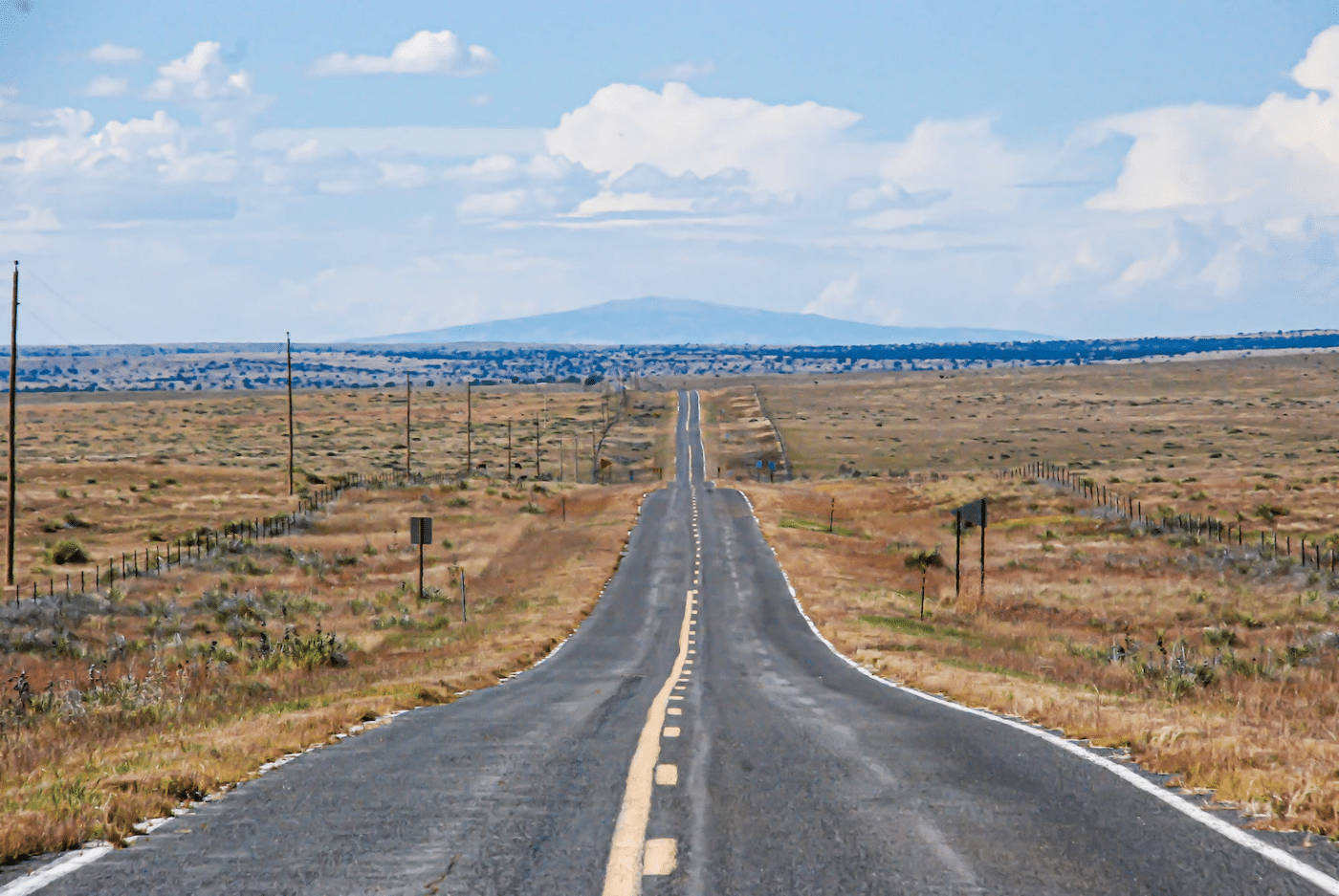
The Santa Fe National Historic Trail, which stretches across 900 miles and passes through five states, including Oklahoma, played a crucial role in the Westward Migration during the 19th century. Oklahoma’s section of the trail passes across a small section of the Panhandle near Boise City.
The trail is managed by the National Park Service office at 1100 Old Santa Fe Trail. There are no user fees or entrance fees for the Santa Fe National Historic Trail. Please contact each site in advance for up-to-date information on closures and changes in hours.
7. Deep Forest National Wildlife Refuge: A Wildlife Haven

Although not a national park in Oklahoma, Deep Forest National Wildlife Refuge is a must for wildlife enthusiasts. It offers a unique opportunity to view and appreciate a wide variety of wildlife in their natural habitat. The National Wildlife Refuge was established in 1993 to protect one of the last remaining remnants of bottomland hardwood forest in Oklahoma. This 10,000-acre refuge, which is still acquiring land to complete its approximately 18,300-acre boundary, provides a critical resource for waterfowl migrating along the Central Flyway in the spring and autumn.
Deep Fork National Wildlife Refuge is located in Okmulgee, Oklahoma. Entry into the refuge is free, however fees may apply for hunting and fishing. For more information about the fees and opening hours, please contact the refuge directly.
More National Parks in Oklohoma
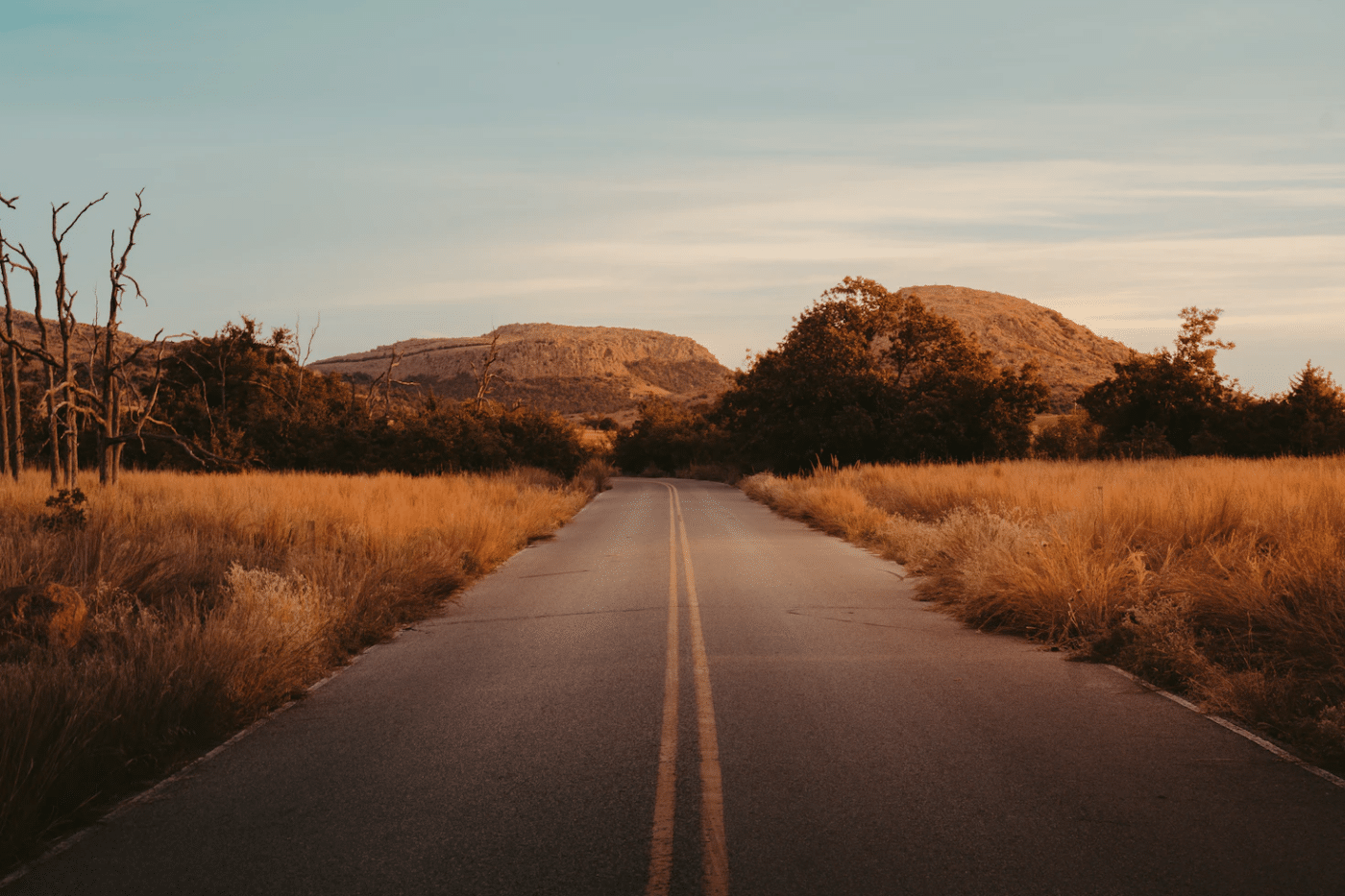
However, Oklahoma is also home to several other significant natural and historical sites that, while not designated as national parks, are worth visiting. Here are a few additional sites that could be included in the article:
- Talimena National Scenic Byway: Stretching 54 miles along the crest of Rich Mountain and Winding Stair Mountain in the Ouachita National Forest, it offers some of the most spectacular fall foliage views in the state. The byway is a popular destination for scenic drives, especially during the fall when the surrounding forests burst into vibrant colors.
- Wichita Mountains Wildlife Refuge: The Wichita Mountains Wildlife Refuge, located in southwestern Oklahoma near Lawton. It is a managed wildlife area that protects species of animals and plants that were once common throughout the area. Visitors can see free-roaming herds of bison, Texas longhorn cattle and elk. And furthermore more than 50 mammal, 240 bird, 64 reptile and amphibian, 36 fish, and 806 plant species in a setting that is as close to their original habitats as possible.
- Sequoyah’s Cabin State Park: The Park is located in Sallisaw. It is a historical site that honors the Cherokee scholar Sequoyah, who developed the Cherokee syllabary. The one-room log cabin, built by Sequoyah in 1829, is enclosed in a stone memorial building and surrounded by a 10-acre park.
- Red Rock Canyon Adventure Park: A Geologic Wonder! Red Rock Canyon Adventure Park, located in Hinton, is known for its beautiful red canyon walls and unique hiking opportunities. The park is a favorite spot for rappelling and outdoor recreation, and it also offers a unique glimpse into the past, as it was once a winter camp for Plains Indians.
The Antelope Hills

Another beautiful side is the Antelope Hills in northwest Oklahoma. They are a series of low hills along the Canadian River that served as a landmark for Native American tribes, explorers and pioneers travelling along the Canadian River. The hills are named for the herds of pronghorn antelope that once roamed the area. Rich in history, the Antelope Hills were the site of significant events during the westward expansion, including the Battle of Antelope Hills in 1858.
Today, visitors can explore the area and imagine the days when the hills served as a beacon for those travelling across the vast landscape of the American West. Although not a designated national park, Antelope Hills is a testament to Oklahoma’s diverse natural beauty and historical significance.
Remember, while these sites offer unique experiences, they are not officially designated as “National Parks” by the U.S. National Park Service. Always check the official websites for the most up-to-date information regarding opening hours, entrance fees, and any special considerations or restrictions.
Planning Your Visit
Before visiting any ofthe national parks, it’s essential to check their official websites for the most up-to-date information regarding opening hours, entrance fees, and any special considerations or restrictions. Some parks may require advance reservations, especially during peak seasons or for specific activities.
Why Visit Oklahoma’s National Parks?
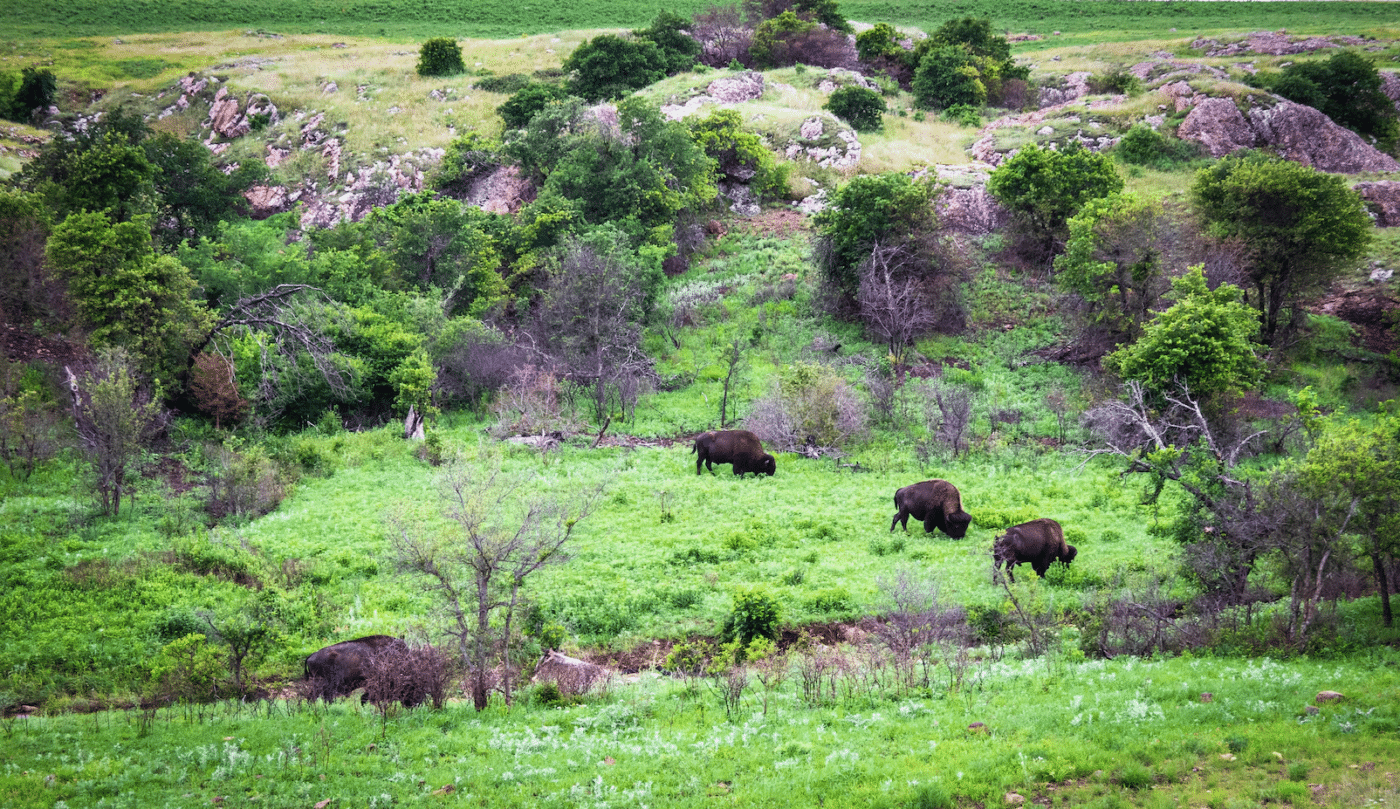
Visiting the national parks in Oklahoma offers an opportunity to immerse yourself in the state’s rich history and diverse natural landscapes. From the serene waters of the Chickasaw National Recreation Area to the poignant Oklahoma City National Memorial, each site offers a unique experience that caters to a wide range of interests. Whether you’re a history buff, an outdoor enthusiast, or a wildlife lover, Oklahoma’s national parks have something for everyone.
The Most Beautiful National Parks in Oklahoma

While beauty is subjective, the Chickasaw National Recreation Area, with its cool waters and lush greenery, is often considered one of the most beautiful national parks in Oklahoma. The Washita Battlefield National Historic Site, with its vast open landscapes, also offers a unique kind of beauty, especially for those interested in the history of the area.
Another one is the Natural Falls State Park. It is located near the Arkansas border in the scenic Ozark Highlands of northeast Oklahoma. The Natural Falls State Park features a stunning 77-foot waterfall cascading through rock formations creating a hidden, serene atmosphere at the bottom of a narrow V-shaped valley. A railed observation platform allows hikers to overlook the falls and another seated observation deck is located at the foot of the falls.
Remember, when visiting any national park, always respect the rules and regulations put in place to protect these precious sites. Leave no trace, respect wildlife, and always stay on designated trails. Happy exploring!
How many National Parks are in Oklahoma?
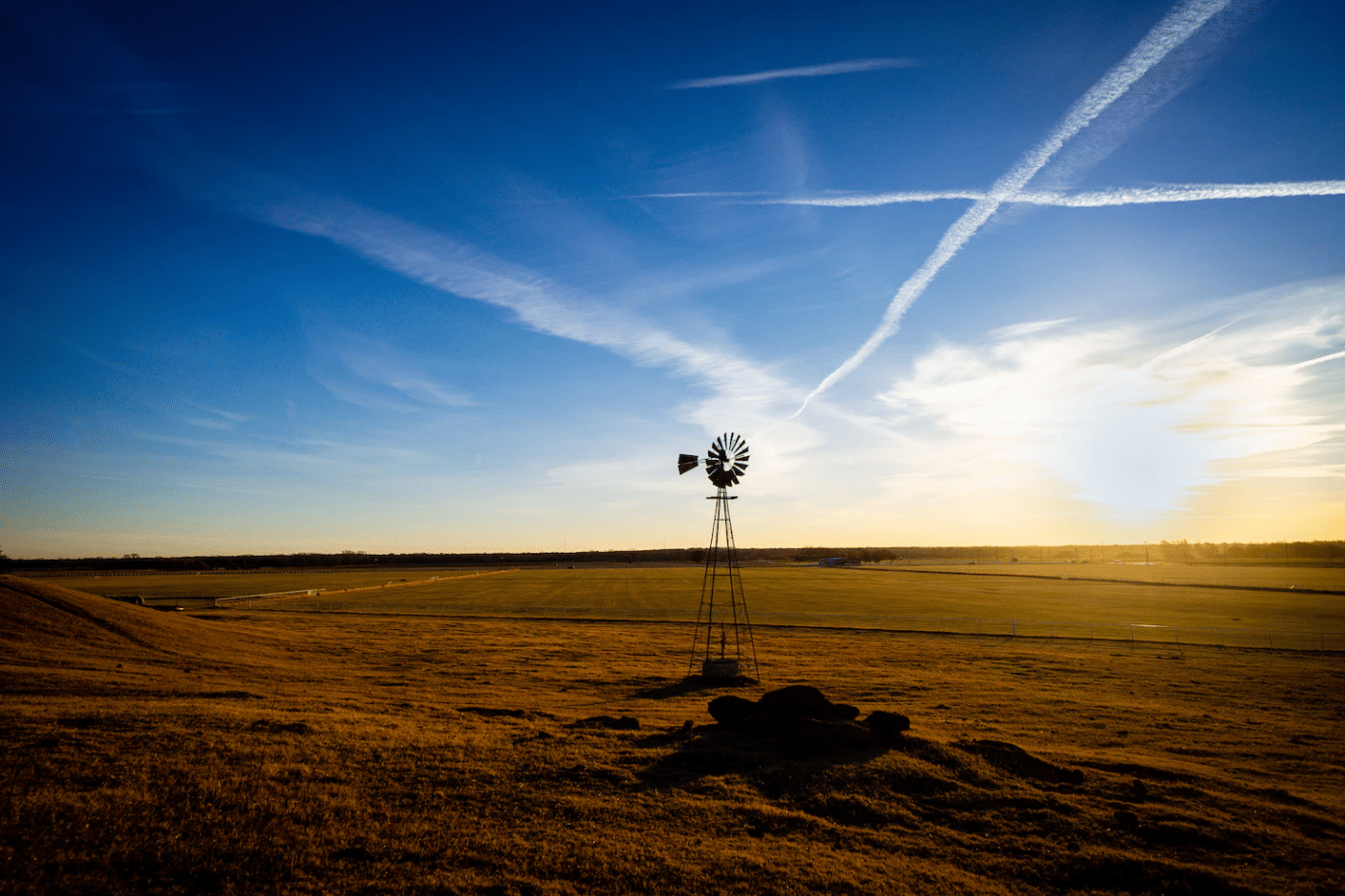
According to the official national park website, Oklahoma is home to a total of seven national park sites. But this includes also historic sites, national memorials or historic trails. Each side is offering a unique blend of natural beauty, historical significance and recreational opportunities. These sites include:
- Chickasaw – National Recreation Area
- Fort Smith National Historic Site
- Washita Battlefield National Historic Site
- Oklahoma City – National Memorial
- The Santa Fe
- Trail of Tears National
- The Butterfield Overland Historica Trail
The state is also home to the recently designated John Hope Franklin Reconciliation Park. While Oklahoma may not have a ‘national park’ in its title, these seven sites are managed by the National Park Service and offer a wealth of experiences for visitors. From the serene waters of Chickasaw Recreation Area to the poignant reminders of our nation’s past at Oklahoma City National Memorial, Oklahoma’s national park sites are a testament to the state’s diverse landscapes and rich history.
Conclusion: National Parks in Oklahoma
Oklahoma’s national parks and sites offer a wide variety of experiences to suit all interests. Whether you’re a history buff, an outdoor adventurer or a wildlife enthusiast, you’ll find something to suit you. As well as providing an escape from the hustle and bustle of everyday life, these parks offer a window into the past, allowing us to understand and appreciate the state’s rich history and cultural heritage. So why wait?
Start planning your Oklahoma adventure today and discover the natural beauty and historical treasures that await you in the Sooner State. Remember, when visiting a national park, always respect the rules and regulations put in place to protect these precious places. Leave no trace, respect the wildlife and always stay on designated trails. Happy exploring!
Article: “National Parks in Oklahoma: A Journey Through Nature and History”! Looking for more articles about the United States? Visit our section about the United States of America!
Or Looking for a comparison: The Everglades vs Yosemite National Park or some Parks in Ohio?

Ethan loves to travel and explore new cultures. He is also the COO of TBL.
